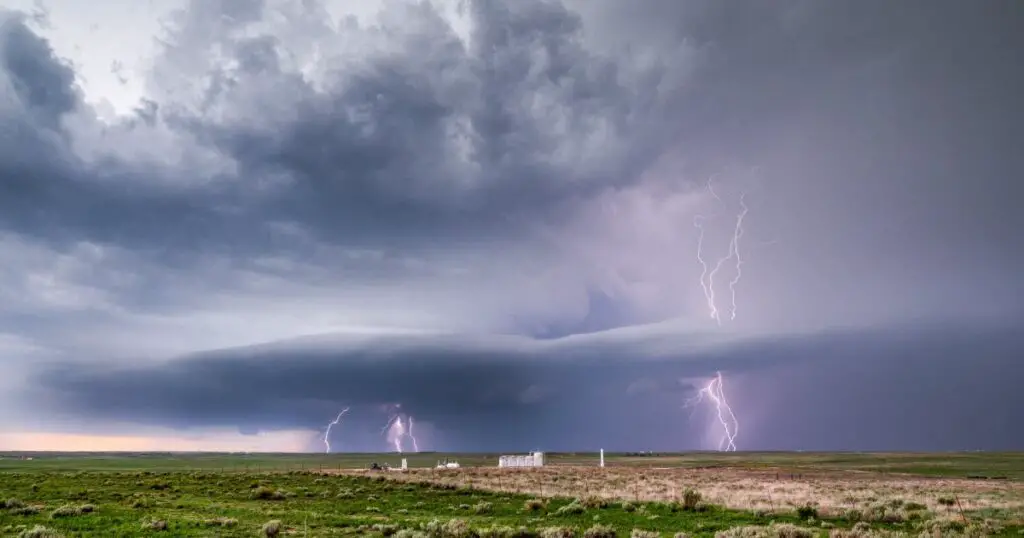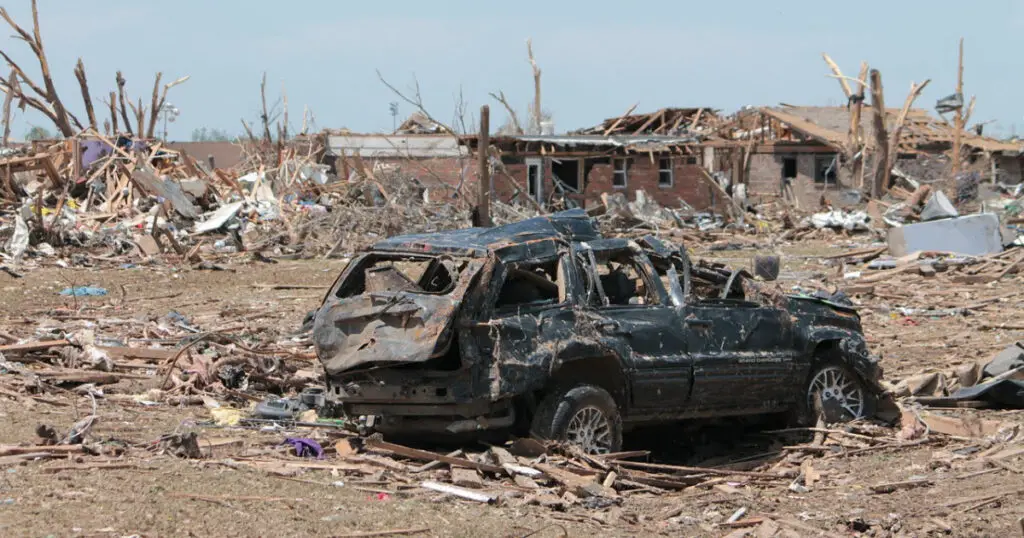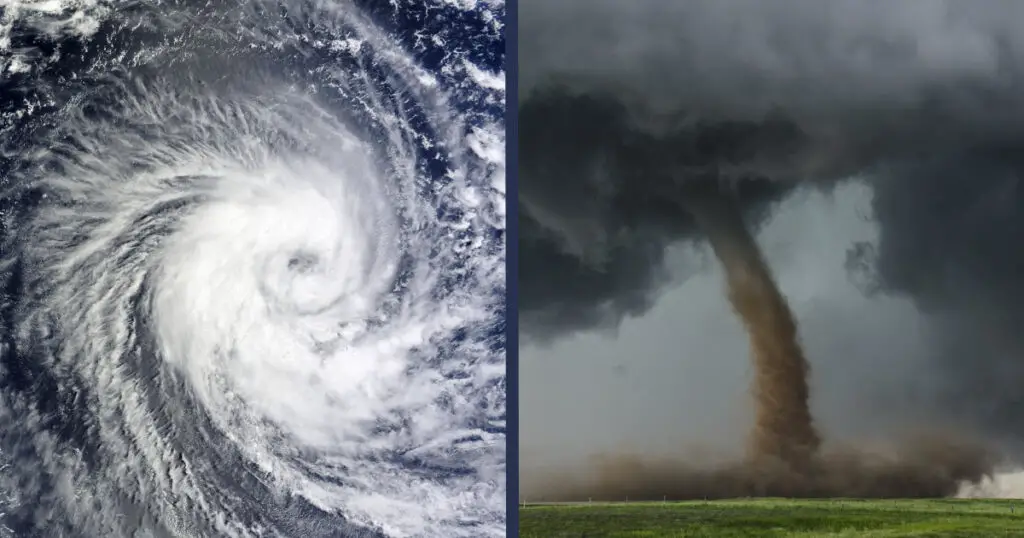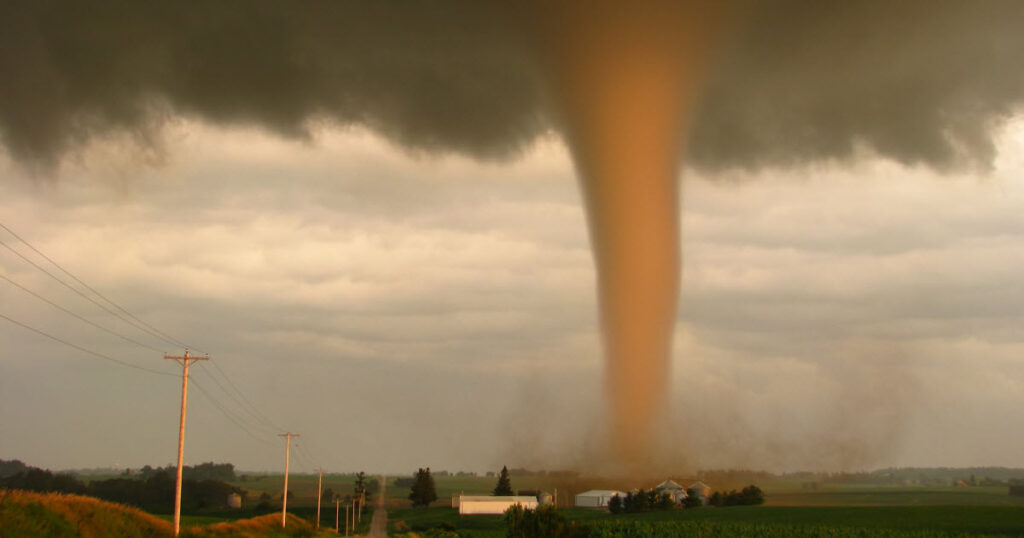Tornadoes are among the most destructive and deadly of all natural disasters. Being in the path of a twister is a life-or-death situation. These storms cost lives and cause billions of dollars’ worth of damages each year. Not knowing when a tornado will strike, or what size it will be, can only make them more dangerous. Meteorologists figured out what conditions cause twisters, but can a tornado be predicted with any real accuracy?
Science around twisters has improved greatly in the 21st century with improved satellite technology. However, there is still much to learn, and we can’t completely accurately predict tornadoes. As the technology continually improves, we get closer to figuring it out. That also means we’re getting closer to helping people whose lives and homes are at risk preemptively evacuate.
In this article, we’ll go over the current methods for predicting tornadoes, as well as how accurate they are. We’ll also cover how the technology works and what strides are being made in it.
Understanding Where Tornadoes Happen
The United States has a unique issue with tornadoes since there are certain areas of the United States that regularly produce conditions excellent for creating tornadoes, called Tornado Alley. Predicting tornadoes, meteorologists first had to isolate the favorable conditions for a twister.
Tornadoes are born from thunderstorms. They’re fundamental to tornadoes forming. But those happen everywhere, so what makes these locations in the U.S. so unique, and can a tornado be predicted if you know a thunderstorm is likely?
Tornado Alley’s Unique Features
Tornado Alley stretches from Ohio to Colorado, and from Northern Texas up to the Dakotas. It has unique conditions that make tornadoes likely. Specifically, it has temperature conditions of cool, dry air at mid cloud levels sitting on a wet layer in the thundercloud.
Thunderstorms form when normal clouds stretch higher into the atmosphere. They occur when warm air rises quickly, then cools down the higher it gets. As the air cools, water vapor condenses closely to form a rain cloud. This updraft of low-pressure air cools, reaches further into the troposphere (40,000 feet), and a thunder cloud is created.
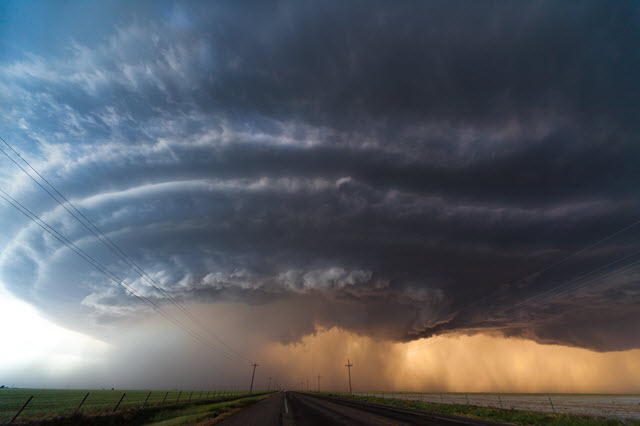
Taller clouds have more water condensed and this generates massive amounts of energy. Frozen water heats up higher in the air. Kinetic energy literally explodes into the tell-tale signs of a thunderstorm … thunder and lightning.
Not all thunderstorms produce tornadoes. In fact, most of them do not. Twisters only form in some regions and even then, only under specific circumstances.
While meteorologists have gotten good at predicting thunderstorms, that’s not enough to predict a tornado.
What Makes Tornadoes Form?
Twisters form when a thunderstorm has a stronger upward air draft than normal. This is called a supercell thunderstorm and these storms can produce a vortex of water to form a mesocyclone. Around 50% of the time, a mesocyclone produces a tornado when a vortex of air swirls down from the mesocyclone and touches the ground.
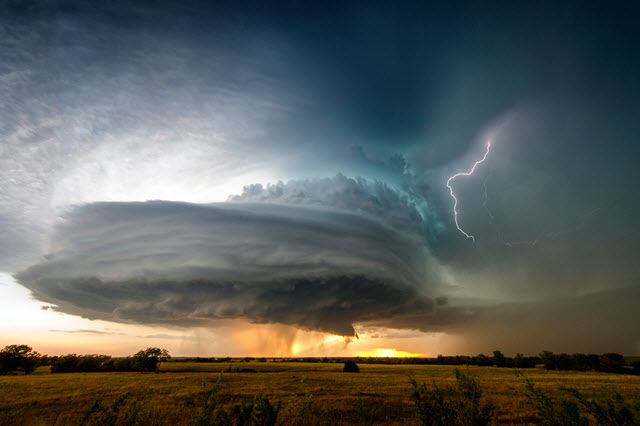
In areas where tornadoes are frequent, accurately predicting a thunderstorms is an important first step to anticipating tornadoes. Watching wind patterns and temperature interactions with the wind can help track extreme weather conditions in any storm system. Tracking jet stream movements alongside wind patterns let us understand when thunderstorms will happen.
Tracking Thunderstorms Help Us Predict Tornadoes
When a thunderstorm starts, meteorologists monitor how the storm evolves with satellite sensors and radar technology. Even though forecasting a thunderstorm has become more accurate, it’s still difficult to accurately predict when a thunderstorm will produce a tornado.
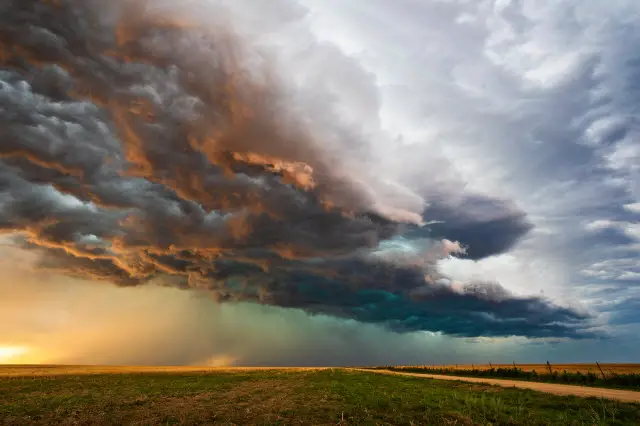
Forecasters make educated guesses by tracking and monitoring a thunderstorm’s intensity.
There’s no doubt radar tech has come a long way. Meteorologists no longer solely base estimates on rainfall intensity, then make guesses based on other metrics. These days, technology allows more in-depth information, including wind intensity within a storm.
Doppler Radar Helps Us See the Vortex Signature
Doppler radar is an important toll that helps meteorologists take steps in the right direction. With doppler, scientists can measure updraft rotation and the imagery of the mesocyclone formation. In fact, this technology is powerful enough that it can sometimes detect the formation of the tornado within the mesocyclone. This is the vortex tornado signature. It is a major step forward in detecting twisters.
| Related Posts |
|---|
However, it is worth noting the vortex tornado signature does not always form into a tornado. Furthermore, this is forecasting in the moment. Once the vortex is forming there is little time to issue warnings before the twister makes ground.
This lack of advanced notice is one of the reasons tornadoes are so dangerous and can be so deadly.
Infrasound Is the New Revolution in Predicting Tornadoes
Scientists continue to hunt for accurate ways to predict tornadoes. Buying valuable time to warn people in the tornado’s path saves lives, so pursuing the science behind this is a worthy endeavor.
But, that’s easier said than done. One technology meteorologists are hopeful about is infrasound … something which could provide the answer.
Infrasound is a new sound technology concept that’s affecting numerous fields of study.
How Does Infrasound Work?
Infrasound is low-frequency audio that the human ear cannot detect. However, some studies contradict this, showing humans are sensitive to infrared sound. It could even cause mass hysteria.
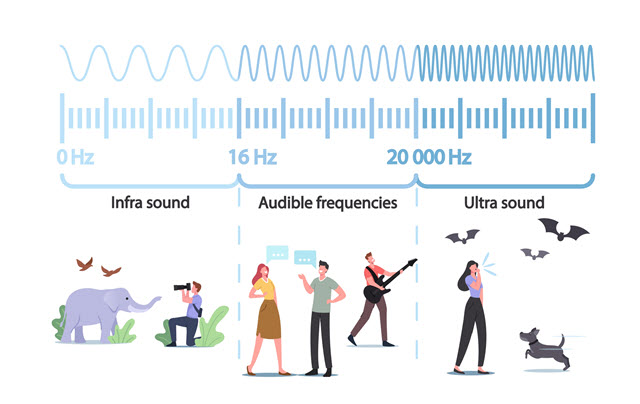
In terms of twisters, all thunderstorms produce infrasound. Tornadoes release it, as well, as they form. Research indicates these sounds may begin an hour before the tornado hits the ground.
Tracking Infrasound
The engineer Brian Elbing of Oklahoma State University conducted one of the first positive tests about infrasound. Showing the results to the Meeting of the Acoustical Society of America, Elbing used microphones positioned at various distance intervals in a thunderstorm path to detect a tornado 10 minutes before it formed. The technology was also able to tap into infrasound to accurately predict the resulting twister would be 150-feet in diameter.
Infrasonic sounds come from pressure. Thunderstorms and tornadoes have a lot of internal pressure. The rotating center of the mesocyclone has many pressure fluctuations because of airflow. These send out unique infrasound signatures as they change. The compression and expansion of air is not audible to humans. Meteorologists developed special devices to accurately monitor infrasonic output.
Can a Tornado be Predicted? Not yet.
While meteorologists today can predict the conditions that are favorable to tornadoes, the formation of a twister is something they cannot yet predict early enough to save lives.
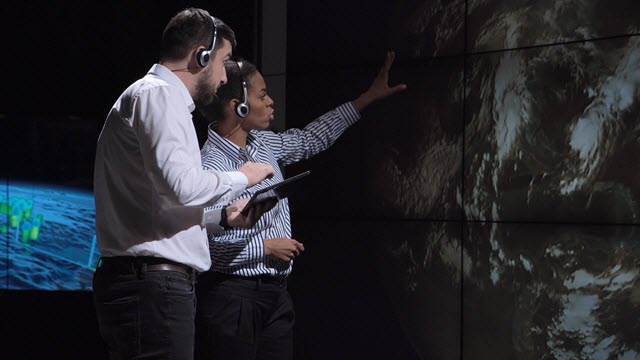
That said, there is hope that infrasound could accurately predict when a tornado will happen and how big it will be. While experiments currently put prediction at around 10 minutes, researchers believe the signatures could start as early as an hour before the Twister makes ground.
If prediction of tornadoes becomes accurate to an hour, it will have a profound effect on how communities are able to warn residents, and will certainly help to save lives.
